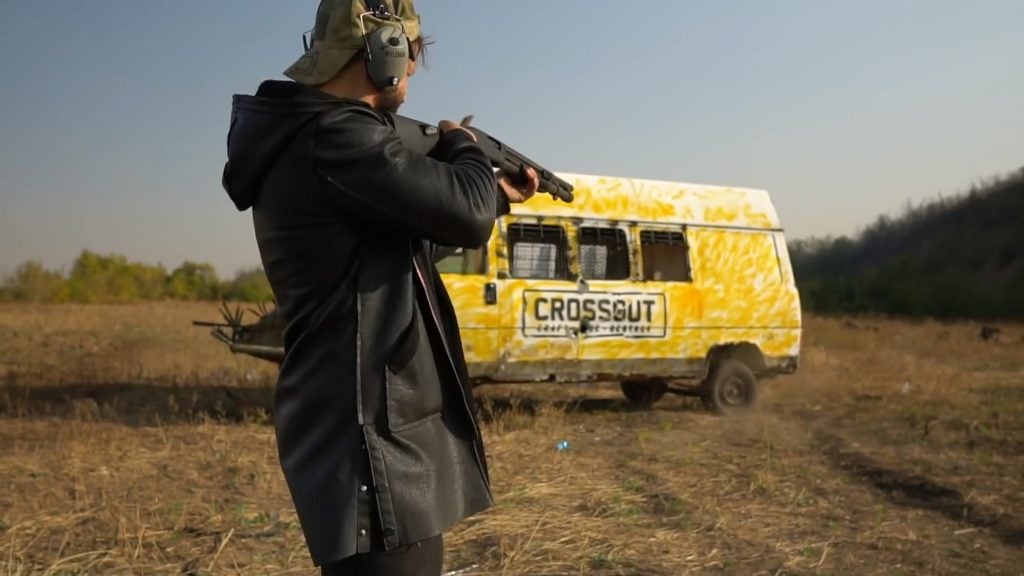Gaijin Entertainment Responds To Allegations Of Funding Donbass Separatists
Gaijin Entertainment, publisher of the vehicle shooter MMO War Thunder and vehicular combat game Crossout among other games, has issued a statement in response to allegations that the publisher was indirectly funding pro-Russian separatists in Donbass through sponsoring videos by a YouTuber allegedly connected to militias of the self-declared Donetsk People’s Republic.
In response to inquiries by Overt Defense, a Gaijin Entertainment spokesperson said:
“We’re not purchasing anything directly from YouTube channels except a handful of extremely big ones. We either pay YouTube itself or we pay advertisement agencies in order to get advertisements in bulk and all over the world. We do not have the capacity to check each individual video our ads might be shown next to. We also assume that those YouTube channels with a long history and hundreds of thousands of subscribers have been checked by YouTube moderators for any sort of illegal activities.
We do not provide political support to anyone anywhere. We know nothing about politics and prefer to stay out of it. Our agency that ordered an ad in the video in question took it down when they realized they might drag us into a political discussion. We have nothing more to comment regarding this, we prefer to talk about games and games only.”
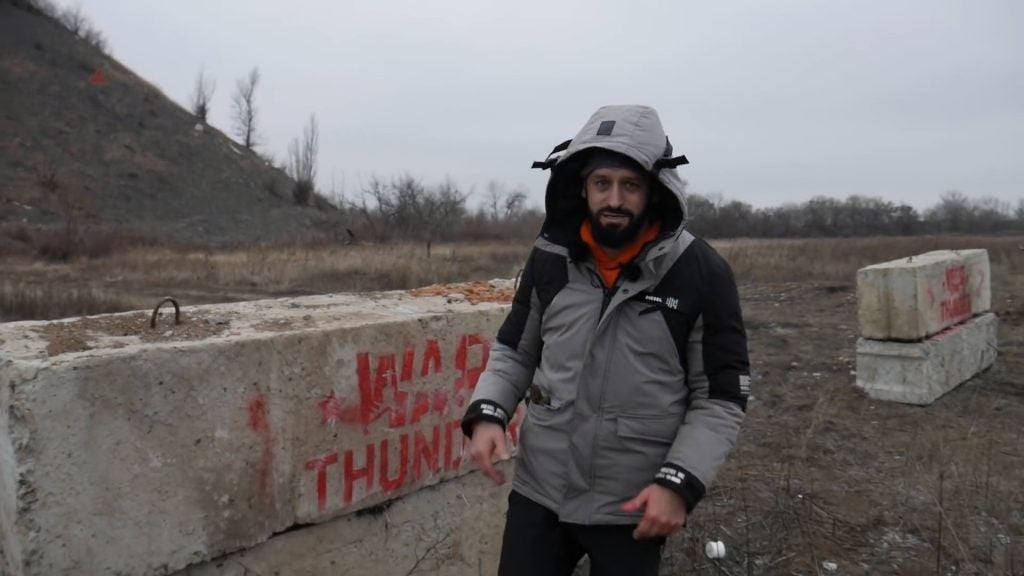
The statement comes after online publications the Ukrainian Military Center and Defence Blog ran stories on the presence of integrated midroll advertising for War Thunder and Crossout in the videos of “High Caliber Mayhem” (Russian: Крупнокалиберный Переполох), a Donbass-based YouTuber making videos on range shooting, explosives demonstrations and armored vehicles (think FPSRussia but actually Russian speaking).
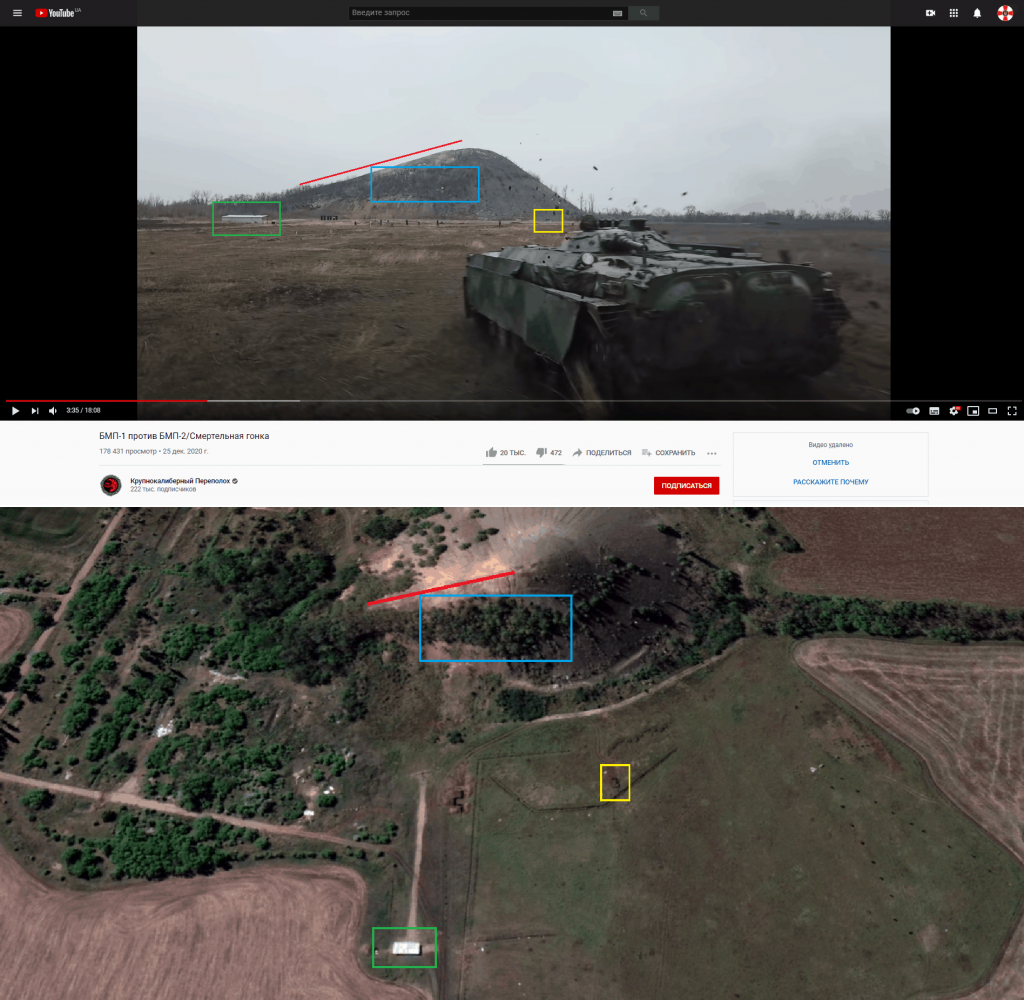
The Ukrainian Military Center geolocated the filming location of several videos to a range just east of Donetsk, the capital of the internationally unrecognized DPR. Some of the vehicles featured in the video are also shown to have had markings applied by the Ukrainian military, with a BMP-1 featured in a video having its Ukrainian identification stripes painted over after its apparent capture by DPR militia fighters. A T-64 wreck featured in another video also has what appears to be faded Ukrainian identification stripes.
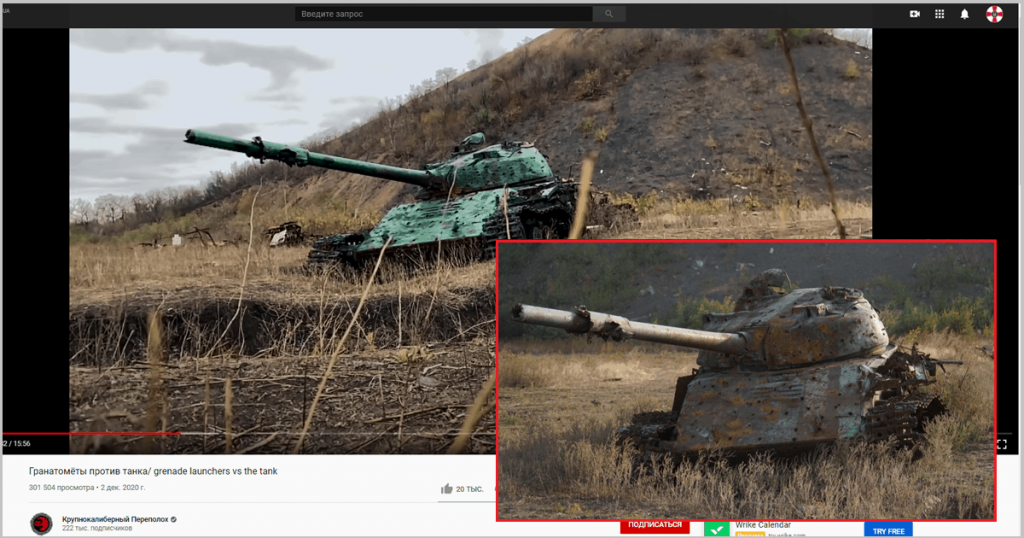
The Ukrainian Military Center also claimed that several anti-personnel mines used in yet another video (where their effects on old passenger cars were demonstrated) could only have been procured from Russia or from the militias supplied by Russia, saying that they were internationally banned under the Ottawa Treaty. The claims of an international ban are somewhat dubious, as Russia has neither signed or ratified the treaty outlawing anti-personnel mines. However, unlicensed use of explosives is illegal under Article 263 of the Ukrainian Criminal Code, which prohibits carrying, storing, purchasing, transferring or selling firearms, ammunition, explosives and explosive devices without a license, albeit prosecution is extremely unlikely as the area has been out of Kyiv’s control since 2014.
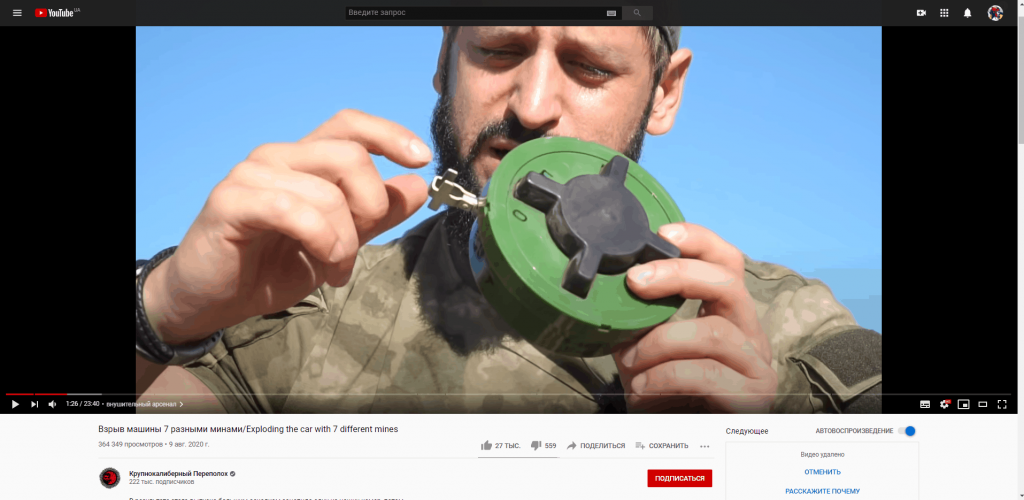
The videos featuring advertising for Gaijin games have been made private as of writing, following the statement, after a moderator on the Russian forums previously claimed in response to a player inquiry that there was nothing to comment on as no Russian laws had been violated by the sponsorship.
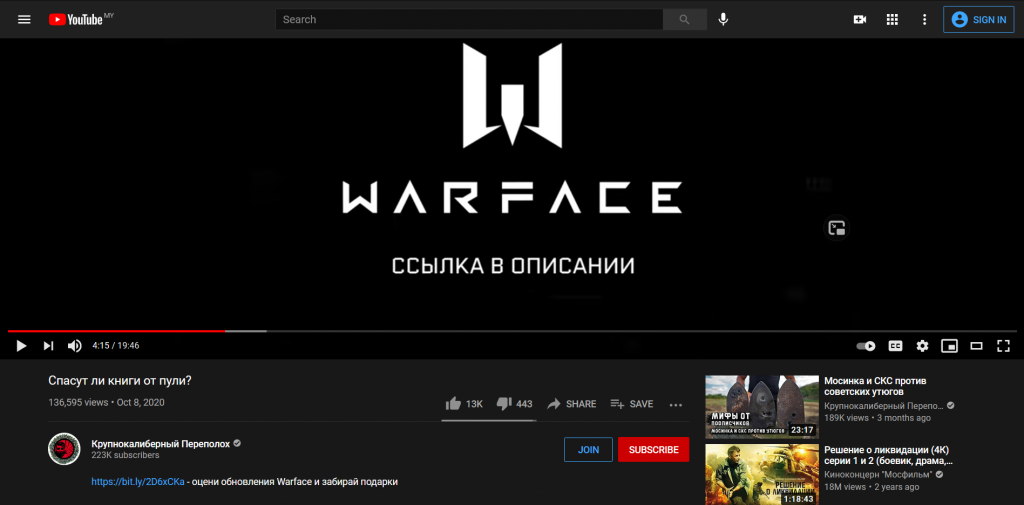
Gaijin Entertainment isn’t the only sponsor of the channel’s videos, with other sponsors including mobile free-to-play games like Raid: Shadow Legends, multi-platform first person shooter MMO Warface and online educational resource GeekBrains. Unique to Gaijin’s sponsorship placements, however, was the presence of game branding on props in videos, in addition to the ad footage embedded like with other sponsors. Given the general opacity of the YouTube sponsorship sector, disproving Gaijin’s claims that the advertising placements were made through intermediaries or Defence Blog’s claims regarding the revenue made from them for the time being will be rather difficult.
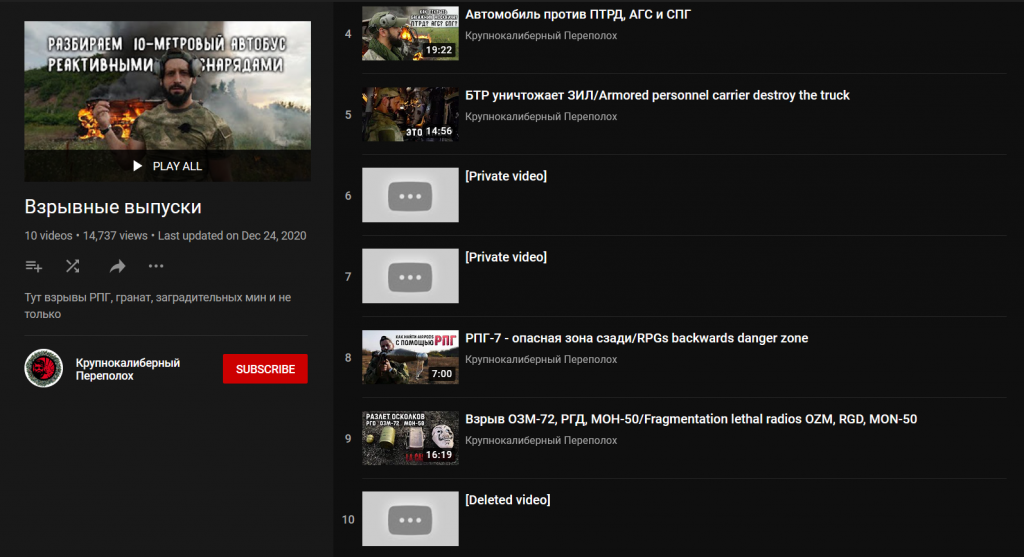
As of writing, more and more of the channel’s videos are being made private, presumably due to other advertising agencies pulling their placements. Sponsorships arose from the multiple “adpocalypses” that saw many YouTube channels demonetized, cutting them out from advertiser revenue YouTube felt was at risk of collapsing due to lack of “advertiser friendly” content. As this incident goes to show, even sponsorships aren’t a foolproof way of ensuring one’s YouTube content can put food on the table, or in this case, pay for fuel and ammo should you run afoul of the sponsor or their representatives.

